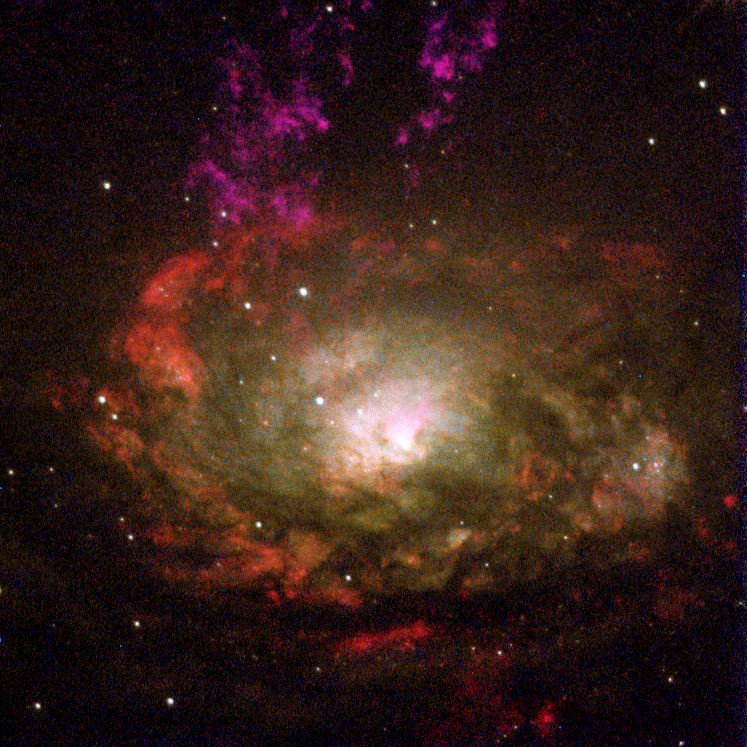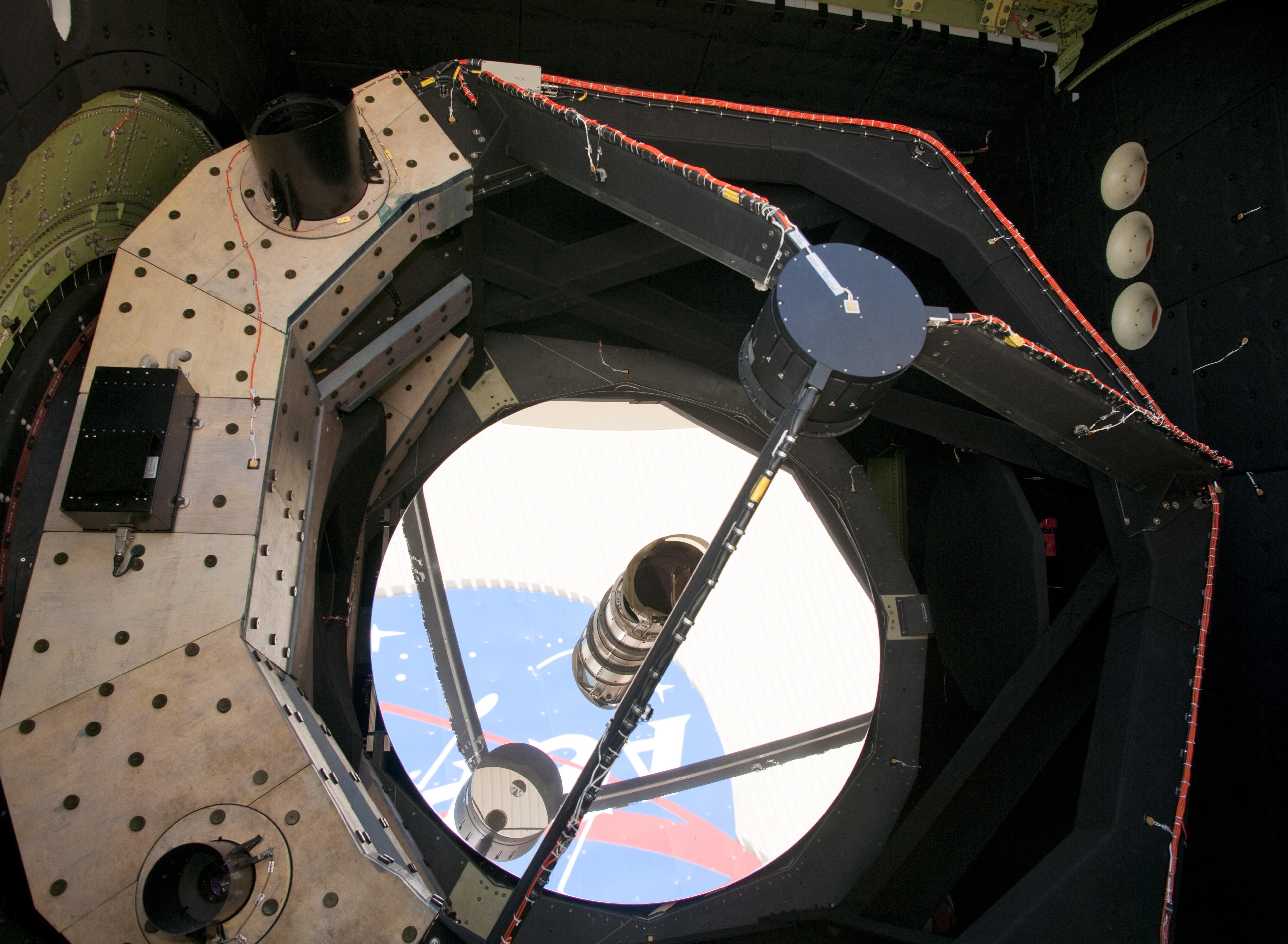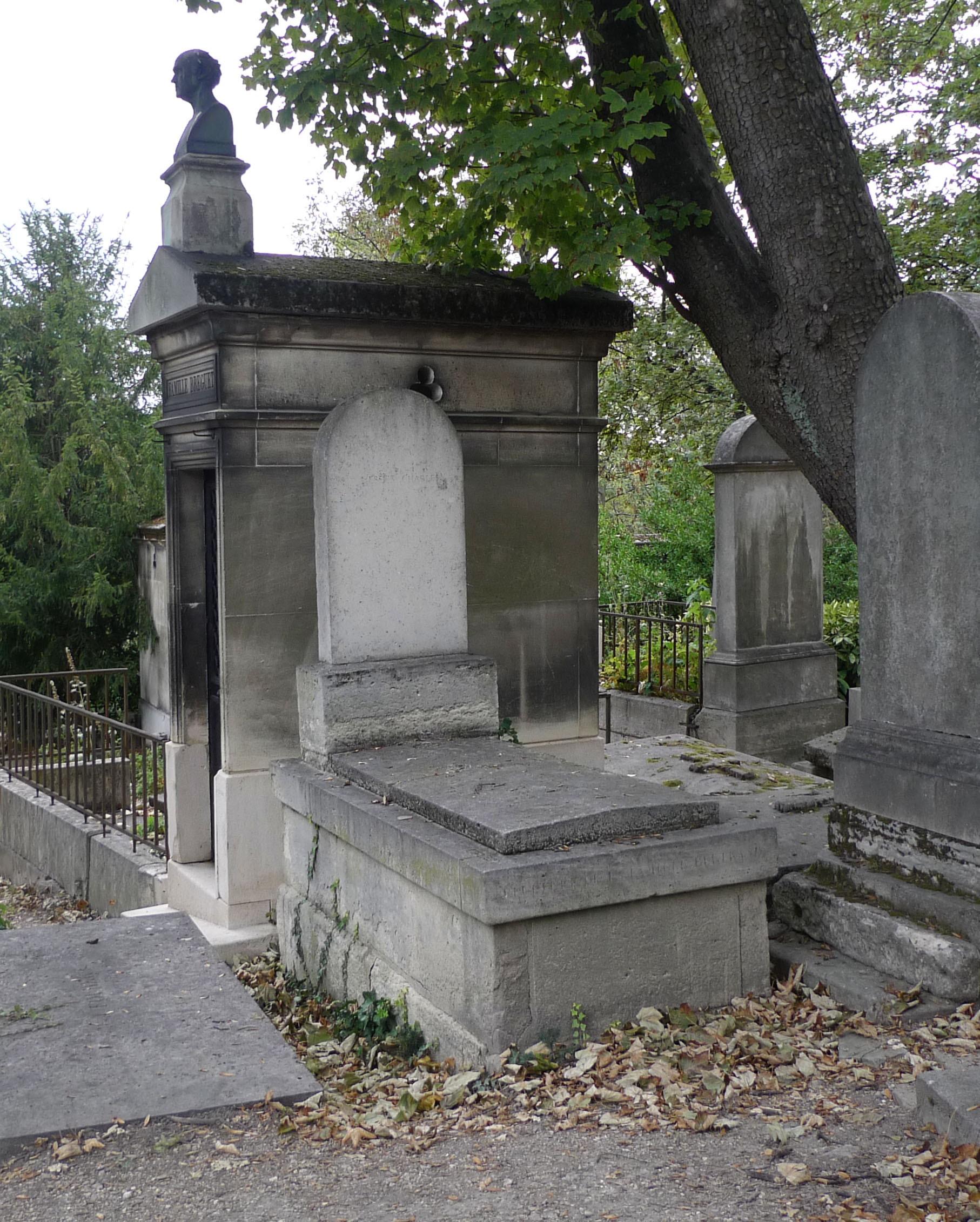 |
M51-ULS-1b
The Whirlpool Galaxy, also known as Messier 51a, M51a, and NGC 5194, is an interacting grand-design spiral galaxy with a Seyfert 2 active galactic nucleus. It lies in the constellation Canes Venatici, and was the first galaxy to be classified as a spiral galaxy. Its distance is 31 million light-years from Earth. The galaxy and its companion, NGC 5195, are easily observed by amateur astronomers, and the two galaxies may be seen with binoculars. The Whirlpool Galaxy has been extensively observed by professional astronomers, who study it to understand galaxy structure (particularly structure associated with the spiral arms) and galaxy interactions. Discovery What later became known as the Whirlpool Galaxy was discovered on October 13, 1773, by Charles Messier while hunting for objects that could confuse comet hunters, and was designated in Messier's catalogue as M51. Its companion galaxy, NGC 5195, was discovered in 1781 by Pierre Méchain, although it was not known whether ... [...More Info...] [...Related Items...] OR: [Wikipedia] [Google] [Baidu] |
 |
Seyfert Galaxy
Seyfert galaxies are one of the two largest groups of active galaxies, along with quasars. They have quasar-like nuclei (very luminous, distant and bright sources of electromagnetic radiation) with very high surface brightnesses whose spectra reveal strong, high- ionisation emission lines, but unlike quasars, their host galaxies are clearly detectable. Seyfert galaxies account for about 10% of all galaxies and are some of the most intensely studied objects in astronomy, as they are thought to be powered by the same phenomena that occur in quasars, although they are closer and less luminous than quasars. These galaxies have supermassive black holes at their centers which are surrounded by accretion discs of in-falling material. The accretion discs are believed to be the source of the observed ultraviolet radiation. Ultraviolet emission and absorption lines provide the best diagnostics for the composition of the surrounding material. Seen in visible light, most Seyfert galaxie ... [...More Info...] [...Related Items...] OR: [Wikipedia] [Google] [Baidu] |
 |
Reflecting Telescope
A reflecting telescope (also called a reflector) is a telescope that uses a single or a combination of curved mirrors that reflect light and form an image. The reflecting telescope was invented in the 17th century by Isaac Newton as an alternative to the refracting telescope which, at that time, was a design that suffered from severe chromatic aberration. Although reflecting telescopes produce other types of optical aberrations, it is a design that allows for very large diameter objectives. Almost all of the major telescopes used in astronomy research are reflectors. Many variant forms are in use and some employ extra optical elements to improve image quality or place the image in a mechanically advantageous position. Since reflecting telescopes use mirrors, the design is sometimes referred to as a catoptric telescope. From the time of Newton to the 1800s, the mirror itself was made of metal usually speculum metal. This type included Newton's first designs and even the larges ... [...More Info...] [...Related Items...] OR: [Wikipedia] [Google] [Baidu] |
 |
William Parsons, 3rd Earl Of Rosse
William Parsons, 3rd Earl of Rosse (17 June 1800 – 31 October 1867), was an Irish astronomer, naturalist, and engineer. He was president of the Royal Society (UK), the most important association of naturalists in the world in the nineteenth century. He built several giant telescopes. His 72-inch telescope, built in 1845 and colloquially known as the " Leviathan of Parsonstown", was the world's largest telescope, in terms of aperture size, until the early 20th century. From April 1807 until February 1841, he was styled as Baron Oxmantown. Life He was born in York, England, the son of Sir Lawrence Parsons, later 2nd Earl of Rosse, and Alice Lloyd. He was educated at Trinity College Dublin and Magdalen College, Oxford, graduating with first-class honours in mathematics in 1822. He inherited an earldom and a large estate in King's County (now County Offaly) in Ireland when his father, Lawrence, 2nd Earl of Rosse, died in February 1841. Lord Rosse married Mary Field, daughte ... [...More Info...] [...Related Items...] OR: [Wikipedia] [Google] [Baidu] |
|
Pierre Méchain
Pierre François André Méchain (; 16 August 1744 – 20 September 1804) was a French astronomer and surveyor who, with Charles Messier, was a major contributor to the early study of deep-sky objects and comets. Life Pierre Méchain was born in Laon, the son of the ceiling designer and plasterer Pierre François Méchain and Marie–Marguerite Roze. He displayed mental gifts in mathematics and physics but had to give up his studies for lack of money. However, his talents in astronomy were noticed by Jérôme Lalande, for whom he became a friend and proof-reader of the second edition of his book "L'Astronomie". Lalande then secured a position for him as assistant hydrographer with the Naval Depot of Maps and Charts at Versailles, where he worked through the 1770s engaged in hydrographic work and coastline surveying. It was during this time—approximately 1774—that he met Charles Messier, and apparently, they became friends. In the same year, he also produced his first ... [...More Info...] [...Related Items...] OR: [Wikipedia] [Google] [Baidu] |
|
 |
Catalogue Des Nébuleuses & Des Amas D'Étoiles
The Messier objects are a set of 110 astronomical objects catalogued by the French astronomer Charles Messier in his ''Catalogue des Nébuleuses et des Amas d'Étoiles'' (''Catalogue of Nebulae and Star Clusters''). Because Messier was only interested in finding comets, he created a list of those non-comet objects that frustrated his hunt for them. The compilation of this list, in collaboration with his assistant Pierre Méchain, is known as ''the Messier catalogue''. This catalogue of objects is one of the most famous lists of astronomical objects, and many Messier objects are still referenced by their Messier numbers. The catalogue includes most of the astronomical deep-sky objects that can easily be observed from Earth's Northern Hemisphere; many Messier objects are popular targets for amateur astronomers. A preliminary version first appeared in 1774 in the ''Memoirs'' of the French Academy of Sciences for the year 1771. The first version of Messier's catalogue contain ... [...More Info...] [...Related Items...] OR: [Wikipedia] [Google] [Baidu] |
 |
Charles Messier
Charles Messier (; 26 June 1730 – 12 April 1817) was a French astronomer. He published an astronomical catalogue consisting of 110 nebulae and star clusters, which came to be known as the ''Messier objects''. Messier's purpose for the catalogue was to help astronomical observers distinguish between permanent and transient visually diffuse objects in the sky. Biography Messier was born in Badonviller in the Lorraine region of France, the tenth of twelve children of Françoise B. Grandblaise and Nicolas Messier, a Court usher. Six of his brothers and sisters died while young, and his father died in 1741. Charles' interest in astronomy was stimulated by the appearance of the great six-tailed comet in 1744 and by an annular solar eclipse visible from his hometown on 25 July 1748. In 1751, Messier entered the employ of Joseph Nicolas Delisle, the astronomer of the French Navy, who instructed him to keep careful records of his observations. Messier's first d ... [...More Info...] [...Related Items...] OR: [Wikipedia] [Google] [Baidu] |
 |
Spiral Galaxy
Spiral galaxies form a class of galaxy originally described by Edwin Hubble in his 1936 work ''The Realm of the Nebulae''Alt URL pp. 124–151) and, as such, form part of the Hubble sequence. Most spiral galaxies consist of a flat, rotating disk containing stars, gas and dust, and a central concentration of stars known as the bulge. These are often surrounded by ... [...More Info...] [...Related Items...] OR: [Wikipedia] [Google] [Baidu] |
 |
Binoculars
Binoculars or field glasses are two refracting telescopes mounted side-by-side and aligned to point in the same direction, allowing the viewer to use both eyes ( binocular vision) when viewing distant objects. Most binoculars are sized to be held using both hands, although sizes vary widely from opera glasses to large pedestal-mounted military models. Unlike a ( monocular) telescope, binoculars give users a three-dimensional image: each eyepiece presents a slightly different image to each of the viewer's eyes and the parallax allows the visual cortex to generate an impression of depth. Optical designs Galilean Almost from the invention of the telescope in the 17th century the advantages of mounting two of them side by side for binocular vision seems to have been explored. Most early binoculars used Galilean optics; that is, they used a convex objective and a concave eyepiece lens. The Galilean design has the advantage of presenting an erect image but has a narr ... [...More Info...] [...Related Items...] OR: [Wikipedia] [Google] [Baidu] |
|
Amateur Astronomy
Amateur astronomy is a hobby where participants enjoy observing or imaging celestial objects in the sky using the unaided eye, binoculars, or telescopes. Even though scientific research may not be their primary goal, some amateur astronomers make contributions in doing citizen science, such as by monitoring variable stars, double stars, sunspots, or occultations of stars by the Moon or asteroids, or by discovering transient astronomical events, such as comets, galactic novae or supernovae in other galaxies. Amateur astronomers do not use the field of astronomy as their primary source of income or support, and usually have no professional degree in astrophysics or advanced academic training in the subject. Most amateurs are hobbyists, while others have a high degree of experience in astronomy and may often assist and work alongside professional astronomers. Many astronomers have studied the sky throughout history in an amateur framework; however, since the beginning o ... [...More Info...] [...Related Items...] OR: [Wikipedia] [Google] [Baidu] |
|
 |
Constellation
A constellation is an area on the celestial sphere in which a group of visible stars forms a perceived pattern or outline, typically representing an animal, mythological subject, or inanimate object. The origins of the earliest constellations likely go back to prehistory. People used them to relate stories of their beliefs, experiences, creation, or mythology. Different cultures and countries adopted their own constellations, some of which lasted into the early 20th century before today's constellations were internationally recognized. The recognition of constellations has changed significantly over time. Many changed in size or shape. Some became popular, only to drop into obscurity. Some were limited to a single culture or nation. The 48 traditional Western constellations are Greek. They are given in Aratus' work ''Phenomena'' and Ptolemy's ''Almagest'', though their origin probably predates these works by several centuries. Constellations in the far southern sky were ... [...More Info...] [...Related Items...] OR: [Wikipedia] [Google] [Baidu] |